
BMW X1 SUV (2015-2022) review
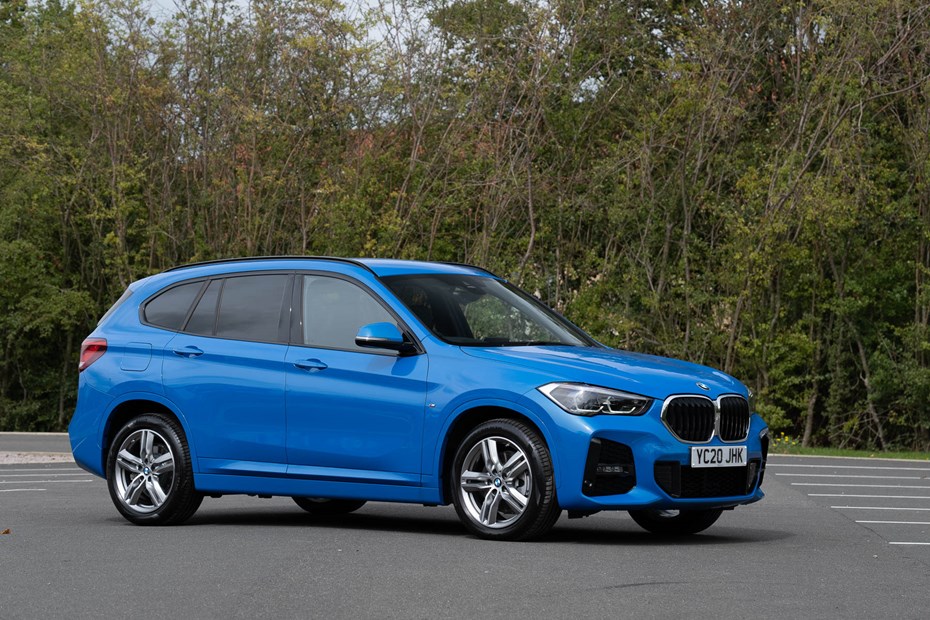
At a glance
| Price new | £28,125 - £43,560 |
|---|---|
| Used prices | £5,529 - £28,850 |
| Road tax cost | £20 - £620 |
| Insurance group | 22 - 34 |
Get an insurance quote with

|
|
| Fuel economy | 34.4 - 56.5 mpg |
| Range | 505 - 696 miles |
| Miles per pound | 5.0 - 7.2 |
| Number of doors | 5 |
| View full specs for a specific version | |
Available fuel types
Petrol
Diesel
Hybrid
Pros & cons
- Sharp, sporty handling
- High levels of practicality
- Interior quality a strong point
- Recommended for driving and image
- Firmer ride than many rivals
- No Android Auto functionality
- Too much equipment is optional
- For most people, a used Evoque is a more desirable choice
BMW X1 SUV (15-22) rivals
Overview
One of the most popular SUVs in BMW’s range, the second generation X1 is also an excellent used car, thanks to lessons learned from the quirky original. The first BMW X1 arrived in 2009, and was a car that never quite hit the spot. The SUV stance wasn’t assertive enough, the interior was cheap, and in an attempt to retain traditional BMW values it retained a rear-wheel drive platform – which had a big impact on practicality.
The 2015 BMW X1 was a significant redesign that makes it a much better car for everyday use. We’re not talking ‘in car journalistic terms’ – it’s a huge improvement. It started with an all-new, bespoke front-wheel drive platform developed with MINI, shared with the MINI Countryman and BMW 2-series Active Tourer. Most versions are front-wheel drive, with four-wheel drive (xDrive) on higher-end models.
Crucially, the BMW X1 now looked the part. It was far more SUV-like, with a confident stance and rich detailing that masterfully aped the much larger and pricier BMW X5. The interior was a world apart too, with a welcoming feel and a big lift in quality. Tantalisingly, thanks to depreciation, you can now get into a used example from £10,000. Here’s what to look for when choosing and buying a used BMW X1.
2015-22 BMW X1 used buying guide
It’s not that long since this generation of BMW X1 went off sale – and it was a popular car, doubling the sales of the original every year until the impact of Covid. That means there’s a good selection of BMW X1s for sale, many available with extended warranty and solid backup through BMW’s approved-used scheme. We’d recommend this route for cash buyers, or those arranging their own used-car finance.
If you want to use BMW’s PCP finance, compare the used monthly cost and deposit with a new BMW X1 as lower interest rates and promotions might make the new car just as affordable. Not that you’re losing out much by getting the previous generation. Unlike the leap from the original E84 to F48 models, the third generation U11 X1 is more of a facelift and technical update.
The engine range is all-new to the X1, and shared with MINI. Petrol models are available as the 1.5-litre three-cylinder, 141hp 18i and 2.0-litre four-cylinder 189hp 20i, with a 225hp petrol plug-in hybrid xDrive 25e model introduced in 2019.
Diesel BMW X1s of this generation meet Euro 6 and are ULEZ compliant, and are available in 148hp 18d, 188hp 20d and 228hp xDrive 25d flavours – all of which are variations of the same 2.0-litre, four-cylinder engine.
Which 2015-22 BMW X1s are four-wheel drive?
BMW badges its all-wheel drive cars as xDrive, with two-wheel drive SUVs identified as sDrive. The second generation X1 begins with front-wheel drive, which is generally safer and easier to control in poor weather than the previous generation’s rear-wheel drive, and for most drivers in the UK this is the best and most economical option.
All xDrive models use an eight-speed automatic gearbox. sDrive models vary with age and specification, and may be six-speed automatic, seven-speed dual-clutch automatic, or six-speed manual.
Which BMW X1 should be avoided?
There are no bad cars in the BMW X1 range, but as a used buy there’s very little point in getting an sDrive 18d when roughly the same budget will get you the excellent xDrive 20d. We’d also avoid paying over the odds for an xDrive 25e unless you can plug in regularly.
BMW X1 (F48) known faults and common problems
1. Get the right specification – research BMW option and trims
Every BMW X1 came well equipped right from launch. There are four model grades – SE, Sport, xLine and M Sport. Even SE gets sat nav (and BMW’s excellent iDrive infotainment system), plus a power tailgate, climate control, cruise control and rear parking sensors. Sport adds bigger alloys, sport front bumper and sports seats. xLine has LED headlights, rugged styling and fancy heated Dakota leather seats. M Sport has an M aero styling kit, bigger alloys, leather and Alcantara seats, and M Sport suspension.
2. Check the service history – and favour cars that exceed the requirements
All BMW X1s follow a variable servicing regime. This can stretch service intervals up to 18,000 miles or two years, depending on use. On cars with diesel engines we recommend looking for examples with more frequent oil changes or inspections. This generation of X1 uses new B37 (overseas sDrive16d) and B47 diesel engines (upgraded to twin-turbo in 2017, alongside the introduction of AdBlue) and they’re a little too new to judge reliability overall.
It’s worth noting that these engines use the same timing gear as the previous N47 family, which is now well-known for timing chain failure and weak tensioners. Early examples of the B47 are showing signs of failure at around 80,000 miles if not serviced more frequently than BMW’s variable plan demands. Timing chain and other issues are mitigated by more frequent oil changes and using high-quality oil and filters.
The petrol models (B38, B48) can suffer the same issues, but seem less prone overall. In all cases, listen for a rattle from cold start near the centre of the engine bay, as the timing chains are positioned between the engine and gearbox. Repair is very expensive, as the whole powertrain assembly needs to be removed from the car.
You can find out how long it is to the next service via the iDrive system. Owners report servicing is a little more expensive than on more mainstream family SUVs.
3. Run-flat tyres and Tirefit mobility kit
No BMW X1 came as standard with run-flat tyres; they were a factory-fit option. Run-flats have been much criticised over the years for giving a stiff ride quality. It’s worth checking the tyres to work out what rubber is fitted (runflats will be marked by a symbol on the sidewall).
You don’t want to see a mix of runflat and standard tyres. On xDrive models, the tyres are important for wear of the all-wheel drive system as well. If the bottle of tyre sealant has been used it costs £30 to replace – check all the parts are present.
4. BMW X1 2019 facelift (F48 LCI)
The BMW X1 was facelifted in 2019 – in BMW-speak, an LCI (or life cycle impulse) update. All models got LED headlights (with a distinctive daytime running light graphic) and a bigger grille at the front, while the overall styling was subtly cleaned up to keep the premium aesthetic on-trend and fresh.
5. xDrive25e PHEV
Later in 2019, the xDrive25e plug-in hybrid was introduced. This has a sprightly 220hp output, thanks to a combination of 1.5-litre turbo engine and electric motor. The electric range is a useful 35 miles, meaning it can be driven largely in electric mode for many inner-city hops. Fuel economy remains decent even when the batteries are flat (and the batteries have a lengthy eight-year warranty).
Check that it has the charging cables, and that it hasn’t been driven in floods.
6. Listen for suspension noises
Listen out for a ‘knobbly’ noise from the suspension over speed bumps and at low speed. This can point to wear in the suspension components, and is becoming a familiar grumble with higher-mileage X1s. Some models had optional adaptive suspension, which is a desirable feature, but rare.
7. Used BMW X1 interior condition and features
Unlike the original X1, this generation has a good amount of rear seat space, and a flexible 40:20:40-split rear seat that boosts the commodious boot from 505 litres (that’s bigger than a 3 Series Touring) to 1,550 litres. It’s a family car, and clearly very practical, so look for damage to the boot trims, carpet and sill, and make sure there are no missing trim finishers from tip runs and big holidays.
Some cars will be fitted with the optional sliding rear seat, allowing you to vary boot space with rear passenger room – it’s a useful extra, and a great place for dropped sweets and crisps to gather. Slide the seat forward and see how well the garage’s valeting team have done making a used X1 feel like new for you.
8. BMW iDrive 5 vs 6 and issues to watch for
Although class-leading, some owners report issues with the BMW iDrive infotainment system. It’s a good idea to run through the entire system carefully, making sure there are no glitches, odd lags as you move through the features, and no evidence of freezing. Like old smartphones, any issues like this will only get worse.
In 2019 the iDrive infotainment system was upgraded. Alongside the rest of the facelift, you can tell you have iDrive 6 if a car with navigation has a touchscreen. It has better connectivity and features, but does not address the lack of Android Auto support.
If iDrive needs fully replacing with original BMW equipment, it’s an expensive job. However, there is a huge market for upgrades and replacements, meaning faulty screens and interfaces can often be replaced with third-party parts for less.
9. Checking out a four-wheel drive BMW X1 – xDrive
Unlike the BMW X5, and rivals such as the Range Rover Evoque, the BMW X1 makes few claims to off-road prowess. xDrive is all about security in poor weather and just a little bit of extra performance in bends, though it does have a couple of useful features for dirt tracks and poor surfaces in the driving modes. BMW don’t give a service interval, but it’s Gen V Haldex – the same system found under many AWD cars from Golfs to Land Rovers – and it does need fluid changes.
Check all the tyres are worn to a similar degree, the same size and load rating, and are of the same brand and pattern left-to-right at the very least. Bear in mind the many potholes a used X1 might have encountered, and the fact that there’s only enough goo to fix one tyre provided in the kit.
The service history on high-mileage cars should include a transfer case and differential oil change every 40,000 miles if it’s been owned by someone who cares about their cars.
10. Interior trim condition
Surprisingly, some owners report dissatisfaction with interior quality after they’ve lived with the X1 for a while. The fundamentals are solid but it seems there can be some issues over time. Facelifted cars get fewer complaints, so compare both when shopping around to see if the upgrades are worth paying more for.
What’s a used BMW X1 (F48) like to live with?
Over the next few pages, we’ll be thoroughly reviewing all aspects of the BMW X1 (F48) and rating them in our verdict. Along the way, we’ll consider the car’s driving experience, the quality and comfort of its interior, the level of practicality available and – most importantly, whether we recommend buying one used.



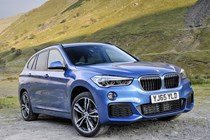
.jpg)
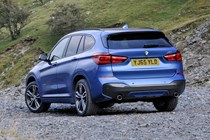
.jpg)
.jpg)
.jpg)
.jpg)
.jpg)
.jpg)
.jpg)
.jpg)
.jpg)
.jpg)
.jpg)
.jpg)
.jpg)
.jpg)
.jpg)
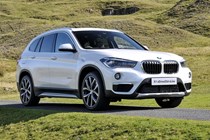
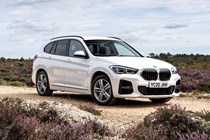

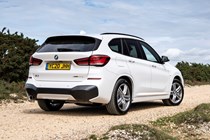
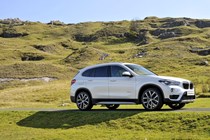


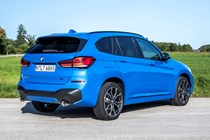



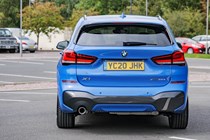
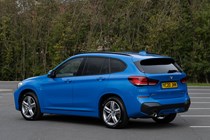
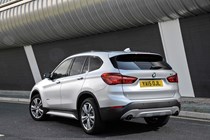
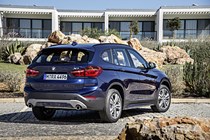
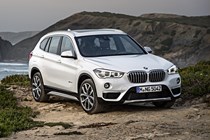

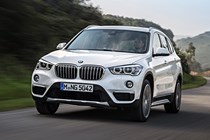
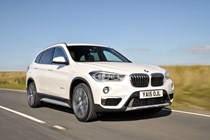
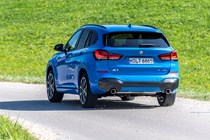

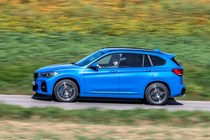

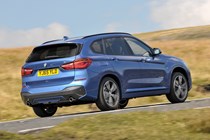
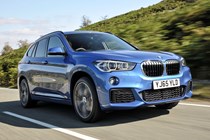
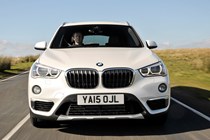
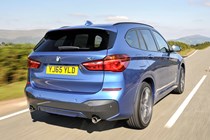
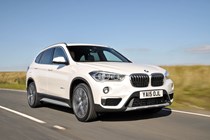
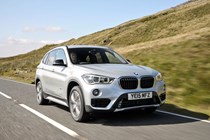
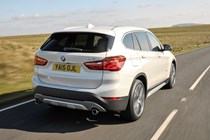
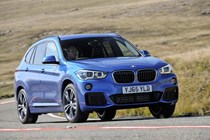
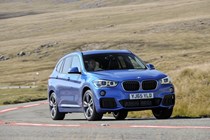
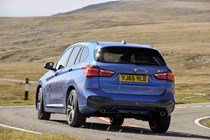

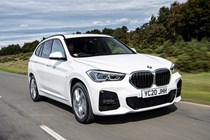
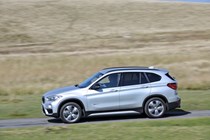
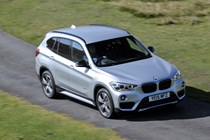
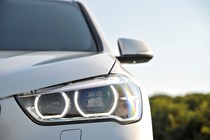
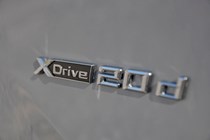
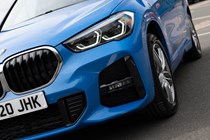
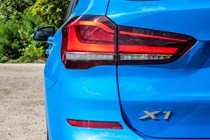
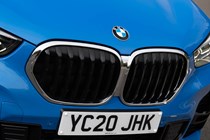
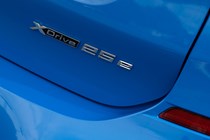
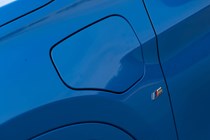
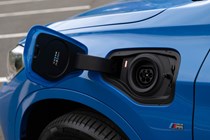
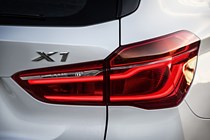
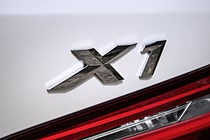
.jpg)
.jpg)
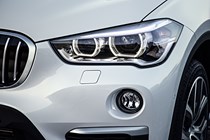
.jpg)
.jpg)
.jpg)
.jpg)
.jpg)
.jpg)
.jpg)
.jpg)
.jpg)
.jpg)
.jpg)
.jpg)
.jpg)
.jpg)
.jpg)
.jpg)
.jpg)
.jpg)
.jpg)
.jpg)
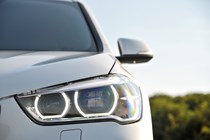
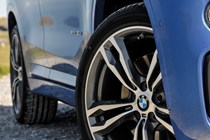
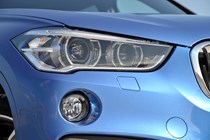
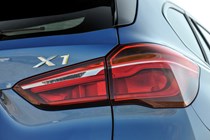
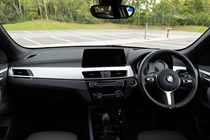
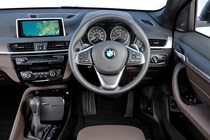
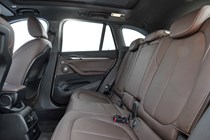
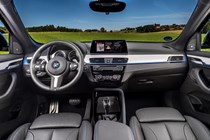

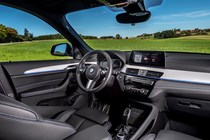
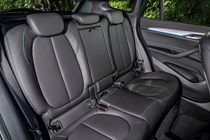

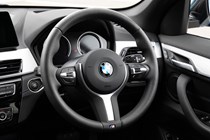

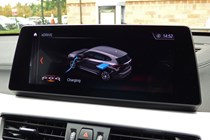
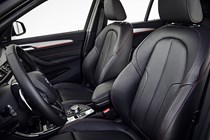
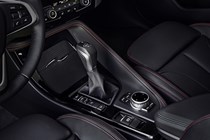
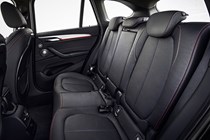
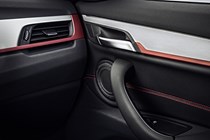
.jpg)
.jpg)
.jpg)
.jpg)
.jpg)
.jpg)
.jpg)
.jpg)
.jpg)
.jpg)
.jpg)
.jpg)
.jpg)
.jpg)
.jpg)
.jpg)
.jpg)
.jpg)
.jpg)
.jpg)
.jpg)
.jpg)
.jpg)
.jpg)
.jpg)
.jpg)
.jpg)
.jpg)
.jpg)
.jpg)
.jpg)
.jpg)
.jpg)
.jpg)
.jpg)
.jpg)
.jpg)
.jpg)
.jpg)
.jpg)
.jpg)
.jpg)
.jpg)
.jpg)
.jpg)
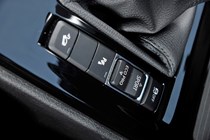
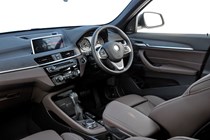
.jpg)
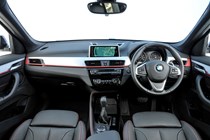
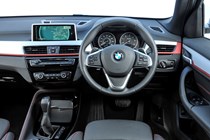
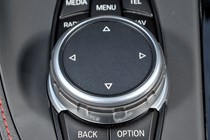
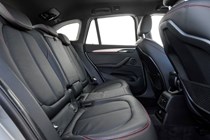
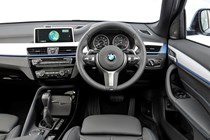
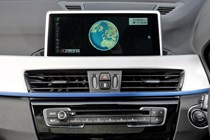
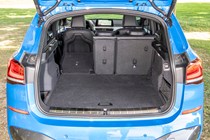
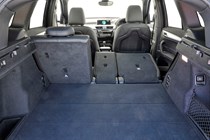
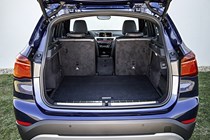
.jpg)
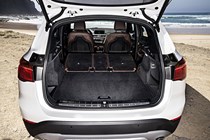
.jpg)
.jpg)
.jpg)
.jpg)
.jpg)
.jpg)
.jpg)
.jpg)
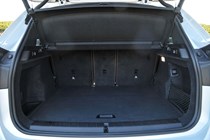
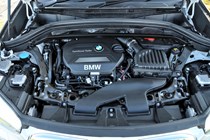
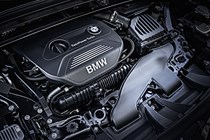
.jpg)
.jpg)
.jpg)
.jpg)
.jpg)
.jpg)
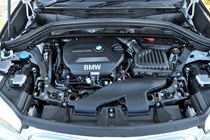

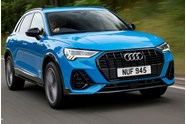



.jpg?quality=50)

.jpg?quality=50)
.jpg?quality=50)
.jpg?quality=50)
.jpg?quality=50)
.jpg?quality=50)
.jpg?quality=50)
.jpg?quality=50)
.jpg?quality=50)
.jpg?quality=50)
.jpg?quality=50)
.jpg?quality=50)
.jpg?quality=50)
.jpg?quality=50)
.jpg?quality=50)
.jpg?quality=50)















































.jpg?quality=50)
.jpg?quality=50)

.jpg?quality=50)
.jpg?quality=50)
.jpg?quality=50)
.jpg?quality=50)
.jpg?quality=50)
.jpg?quality=50)
.jpg?quality=50)
.jpg?quality=50)
.jpg?quality=50)
.jpg?quality=50)
.jpg?quality=50)
.jpg?quality=50)
.jpg?quality=50)
.jpg?quality=50)
.jpg?quality=50)
.jpg?quality=50)
.jpg?quality=50)
.jpg?quality=50)
.jpg?quality=50)
.jpg?quality=50)



















.jpg?quality=50)
.jpg?quality=50)
.jpg?quality=50)
.jpg?quality=50)
.jpg?quality=50)
.jpg?quality=50)
.jpg?quality=50)
.jpg?quality=50)
.jpg?quality=50)
.jpg?quality=50)
.jpg?quality=50)
.jpg?quality=50)
.jpg?quality=50)
.jpg?quality=50)
.jpg?quality=50)
.jpg?quality=50)
.jpg?quality=50)
.jpg?quality=50)
.jpg?quality=50)
.jpg?quality=50)
.jpg?quality=50)
.jpg?quality=50)
.jpg?quality=50)
.jpg?quality=50)
.jpg?quality=50)
.jpg?quality=50)
.jpg?quality=50)
.jpg?quality=50)
.jpg?quality=50)
.jpg?quality=50)
.jpg?quality=50)
.jpg?quality=50)
.jpg?quality=50)
.jpg?quality=50)
.jpg?quality=50)
.jpg?quality=50)
.jpg?quality=50)
.jpg?quality=50)
.jpg?quality=50)
.jpg?quality=50)
.jpg?quality=50)
.jpg?quality=50)
.jpg?quality=50)
.jpg?quality=50)
.jpg?quality=50)


.jpg?quality=50)









.jpg?quality=50)

.jpg?quality=50)
.jpg?quality=50)
.jpg?quality=50)
.jpg?quality=50)
.jpg?quality=50)
.jpg?quality=50)
.jpg?quality=50)
.jpg?quality=50)



.jpg?quality=50)
.jpg?quality=50)
.jpg?quality=50)
.jpg?quality=50)
.jpg?quality=50)
.jpg?quality=50)
